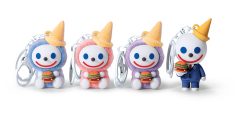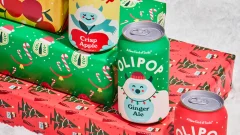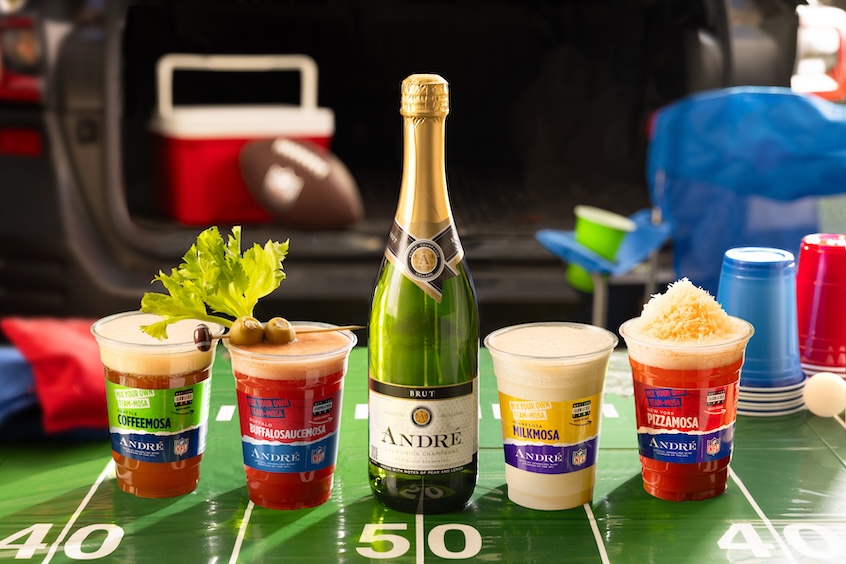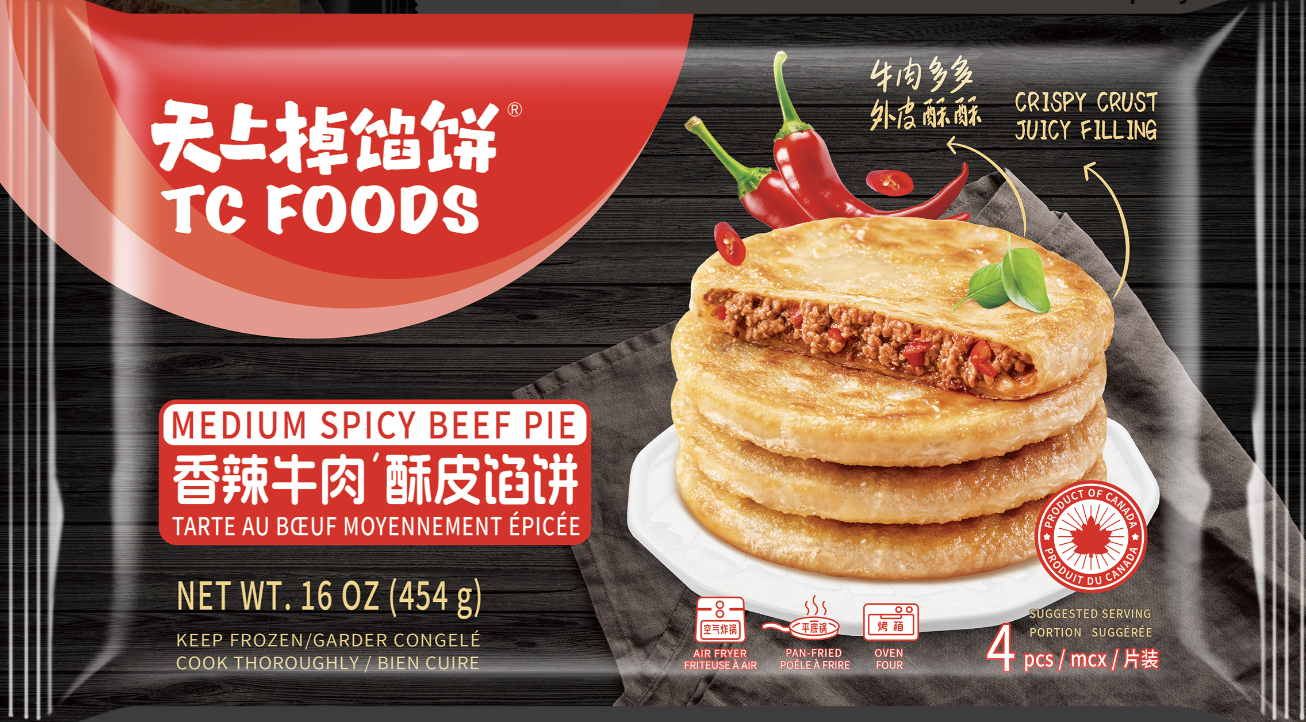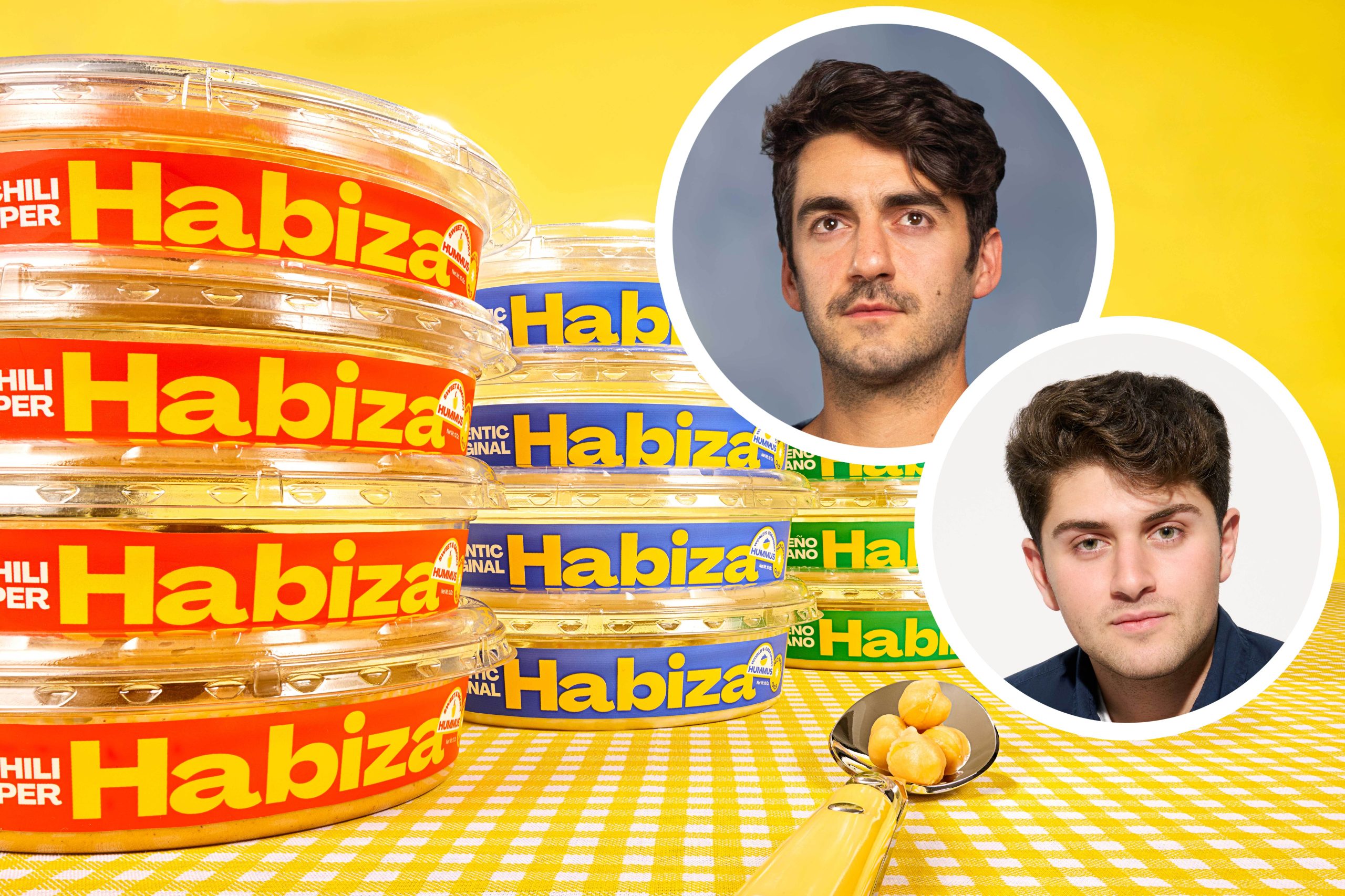8 Ways Coffee Is Prepared Around the World
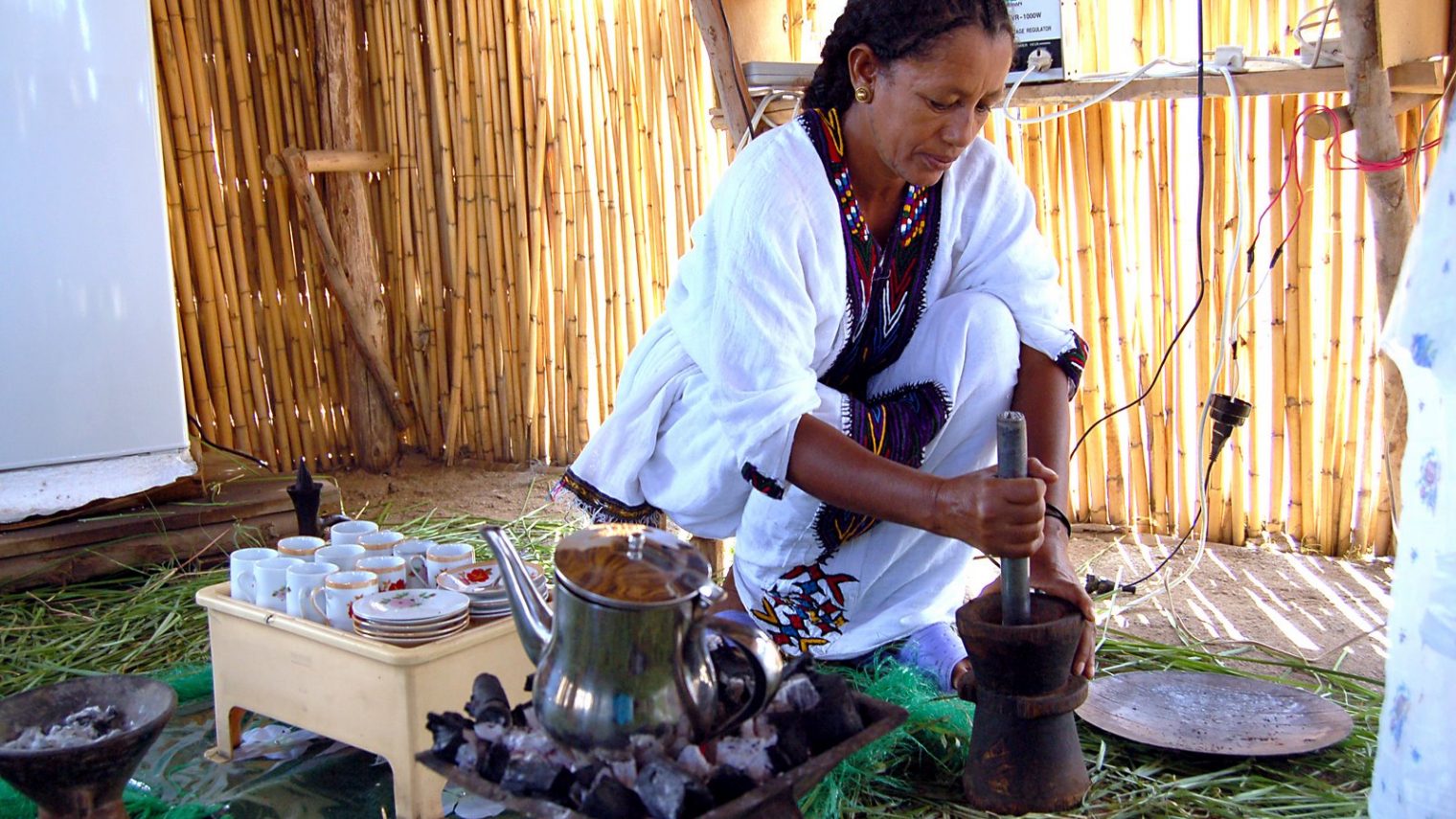
Coffee is a universal language. You could travel to almost any corner of the globe and still find that coffee is waiting for you (to the delight of many caffeine addicts such as myself). The language barrier is how that coffee is prepared worldwide. Popping some coffee grounds in a paper filter or a pod in a Keurig like we do in the United States is not how the rest of the world brews their coffee – not even close, in some cases. Check out how coffee is made in these various countries around the world and prepare to admire our favorite caffeinated beverage just a little bit more.
Vietnamese Drip Coffee

Photo: Mui Ne Info And Events
The coffee in Vietnam is strong, sweet, and often served iced. The method by which the Vietnamese accomplish this perfect combination of strong and sweet is through the long drip brewing method. This is a bit of a lengthy process in which you station a filter over a container/glass (usually partially filled with condensed milk), fill the filter with coffee grounds, and then pour boiling water over the grounds. After 4 to 5 minutes, the brewed coffee will finish passing through the filter.
Note that there is a very particular kind of metal filter for this method – regular little filters aren’t going to get the job done. There are special Vietnamese coffee filters which you can purchase online if you want to try and replicate this long drip effect.
Turkish Quick Burn

Photo: Pinterest
If you like dark, quick coffee (basically if espresso is your go-to) then you need to try Turkish coffee. Similar to Greek or Arabic coffee, Turkish coffee is made in a special pot called an ibrik which is typically made of copper or stainless steel. In this “quick burn” method of brewing coffee you’ll need extremely – I’m talking powder-fine extremely – ground coffee beans which is added to cold water in your ibrik. The ibrik is then brought to three boils for reasons I cannot explain. Serve this knock-your-socks-off coffee in small, espresso-like cups. Enjoy this amazing coffee – but be careful to not drink the grounds left at the bottom.
Spainish Café con Miel

Photo: Red Cookbook
So you like espresso but maybe a little bit sweeter? You could try adding sugar…but how boring is that! I suggest following in the footsteps of the Spanish and creating a Café con Miel. This is a layered coffee drink that begins with a good helping of honey at the bottom of your cup, followed by a shot of dark espresso, some steamed milk and topped off with a thick layer of cinnamon. While you wouldn’t consider adding honey or cinnamon to your coffee in the US, consider that a shot of Spanish espresso (or Café Solo) is extremely strong. You’ll be needing that honey.
Ethiopian Coffee Ceremony

Photo: Heather Plett
In Ethiopia, coffee is considered a “godly” drink. Ethiopian lore tells of stories where coffee literally came to be in a divine fashion. No arguments here. So, understandably, the Ethiopian way of making coffee is very ceremonious. In this Coffee Ceremony, incense (usually frankincense) is burned before the coffee beans are ground with a pestle. The ground beans are added with water to a pot called a jebena and that mixture is brought to a boil. Once boiled, the coffee is poured through a makeshift filter (horse hair or cloth, usually) and salt, sugar or even butter is added to taste. Traditionally, three cups of coffee are consumed before the ceremony comes to a gloriously caffeinated close. I like their style.
Scandinavian Egg Coffee

Photo: Mystery Lovers’ Kitchen
This one is…interesting. In Scandinavia, the typical brew is called “Egg Coffee”. Not for some cutesy reason, no, because the Scandinavians literally make coffee with a full egg. To make Egg Coffee, boil some water in a pan and in a separate bowl combine coarse coffee grounds and an entire egg – shell and all, people. Stir up your coffee/egg/shell mixture and add it to the water once it’s boiled. Simmer for five minutes and then add a cup of cold water, which forces out the clumps out. This unique coffee serves surprisingly smooth, so that you may not even need cream.
Brazilian Cafezinho

Photo: USP
In Brazil, coffee is not consumed. At least, not regular coffee. What Brazilians drink is called cafezinho, which are small cups of strong, extremely sweet concentrated coffee. To make this brew, you have to use a “sock” to filter it. No, not your dirty gym socks, this sock is more of a long, cloth filter. Heat up sugar and water in a pan ( this pan is used only for making coffee) and stir in coffee grounds once boiling. Filter the mixture with the “sock” or use a paper filter if you’re weirded out by the sock concept. Cafezinho is a great pick-me-up and is drunk everywhere in Brazil, from gas stations to posh boutiques.
Irish Whiskey Coffee

Photo: Irish Whiskey Museum
We have all heard of Irish coffee. Although it was made popular in San Francisco, legend has it that this extra-fun coffee was invented in 1943 to cheer up the passengers of a Pan Am boat, which was sent back from its destination due to bad weather. I bet they felt fine after a few of these. An Irish coffee starts with a regular cup of coffee. A healthy helping of Irish whiskey, brown sugar and whipped cream are then added to make this dessert-like treat.
South Indian Kapi

Photo: RecipesHubs
This coffee brew is not for the faint of heart – or, at least, the impatient. This coffee, called kapi, is made in the southern states of India and is thought to be some of the best in the world…if you have the patience to make it. A special South Indian filter is required, which has two chambers and comes with a small plunger…stay with me.
Add coffee grounds to the top chamber, cover with the plunger and pour boiling water over the grounds – but do not push the plunger down quite yet. You have to wait for the coffee to drip down from the top chamber to the bottom, which can take well over an hour (hence the patience). Boil a pan of milk separately and add a few tablespoons of the concentrated coffee per person, adding sugar to taste. For extra froth and deliciousness, pour the concoction back and forth between two pans.
They are NOT joking around in Southern India. Respect.






